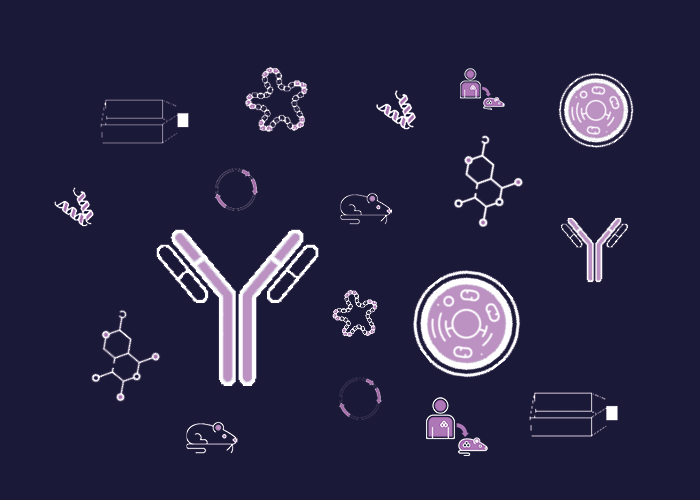
Cat. #162215
Anti-HSPB4 PAb
Cat. #: 162215
Sub-type: Primary antibody
Unit size: 100 ug
Availability: 3-4 weeks
Target: HSPB4
Class: Polyclonal
Application: WB ; IHC
Reactivity: Human, rat
£300.00
This fee is applicable only for non-profit organisations. If you are a for-profit organisation or a researcher working on commercially-sponsored academic research, you will need to contact our licensing team for a commercial use license.
Contributor
Inventor: Roy Quinlan
Institute: University of Durham
Primary Citation: Sandilands A, et al. 2002. EMBO J. 15;21(22):6005-14. PMID: 12426373.
Tool Details
*FOR RESEARCH USE ONLY (for other uses, please contact the licensing team)
- Name: Anti-HSPB4 PAb
- Alternate name: Alpha-crystallin A chain, CRYA1,CRYAA
- Research fields: Cell biology
- Tool sub type: Primary antibody
- Class: Polyclonal
- Conjugation: Unconjugated
- Molecular weight: 22kDa, 173 residues
- Reactivity: Human, rat
- Application: WB ; IHC
- Description: A polyclonal antibody for HSPB4 also known as Alpha-crystallin A chain or CRYAA. This target is a major lens structural protein, which has shown increased expression in retinoblastoma as compared to healthy retina. It acts as a molecular chaperone and anti-apoptotic regulator. This HSPB4 antibody recognises an epitope in the N-terminal of the protein. Antibody functions after aldehydye fixation.
- Immunogen: peptide crosslinked to KLH
- Isotype: IgG
Target Details
- Target: HSPB4
- Target alternate names: Alpha-crystallin A chain, CRYA1,CRYAA
- Molecular weight: 22kDa, 173 residues
- Target background: HSPB4 is also known as Alpha-crystallin A chain, it is a lens crystallin. It contributes to the transparency and refractive index of the lens. Alpha crystallins can act as molecular chaperones.
Applications
- Application: WB ; IHC
Handling
- Format: Liquid
- Concentration: 1mg/ml
- Unit size: 100 ug
- Storage buffer: Serum plus azide (0.02%)
- Storage conditions: -80° C
- Shipping conditions: Dry ice
References
- Naru J, et al. 2017. J Proteomics. 21
- 159:77-91. PMID: 28232133.
- Sandilands A, et al. 2002. EMBO J. 15
- 21(22):6005-14. PMID: 12426373.




